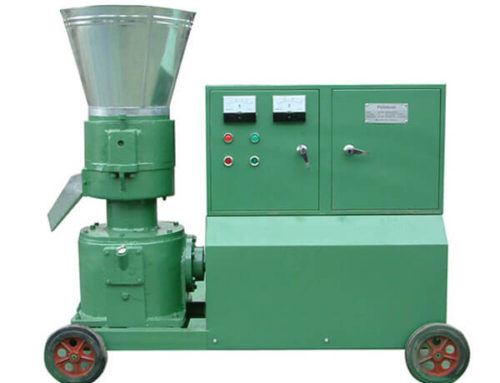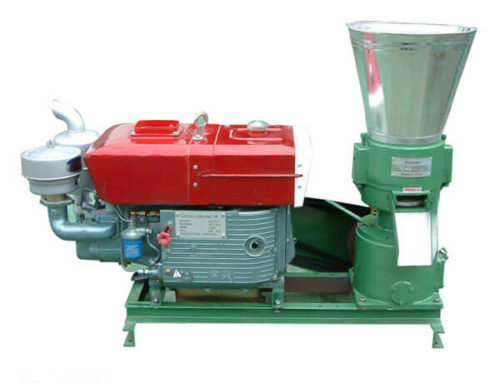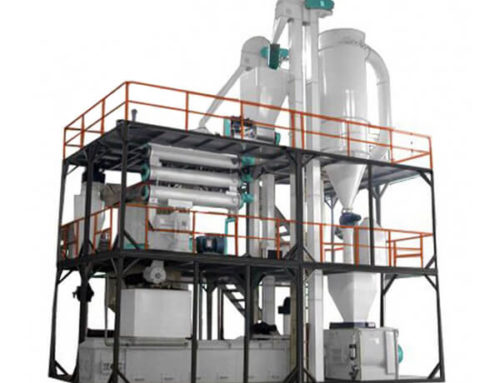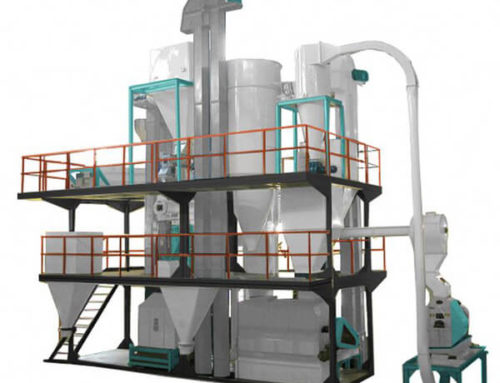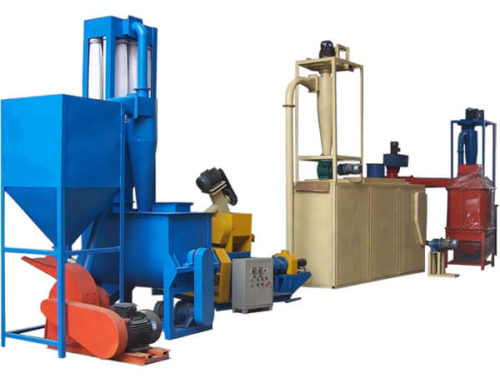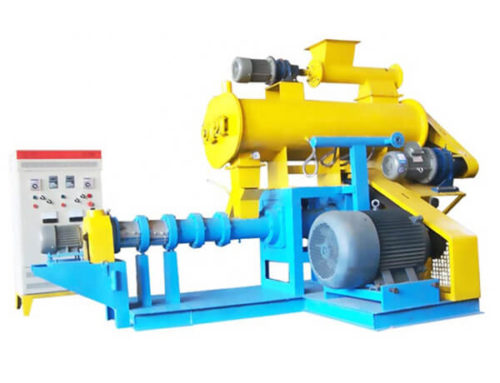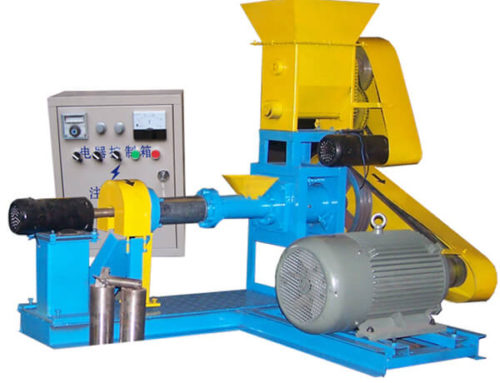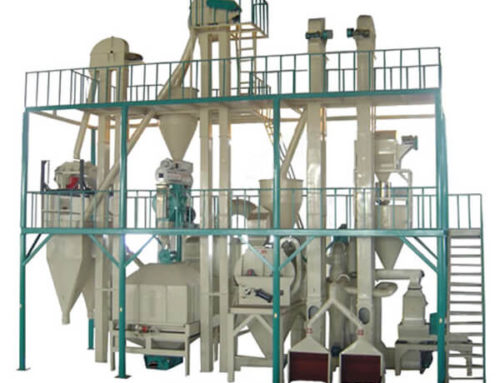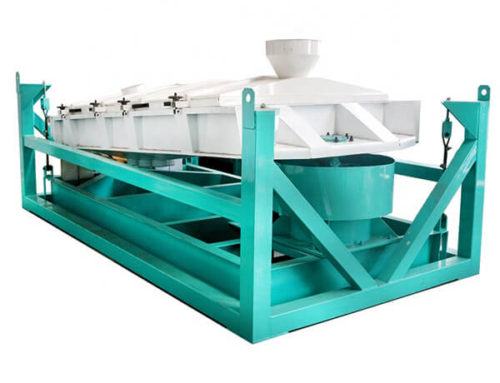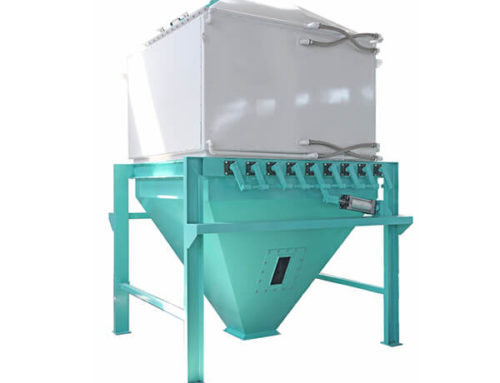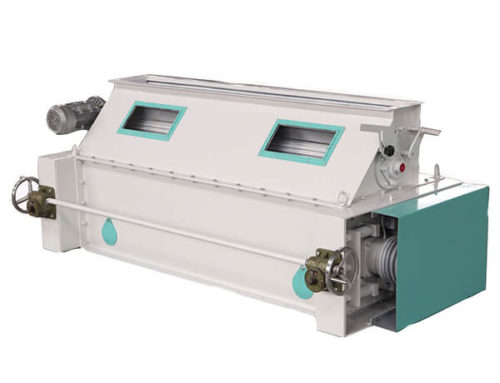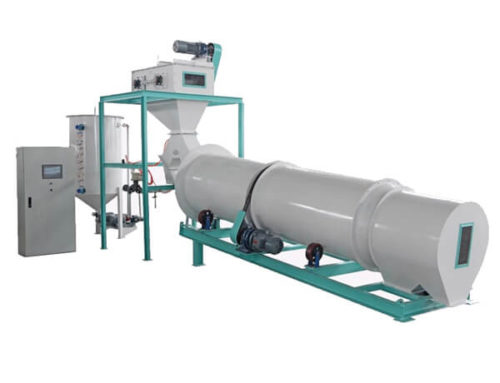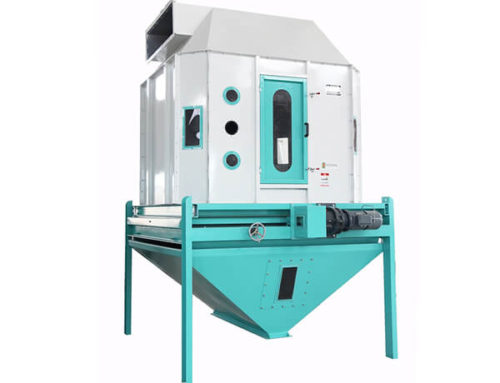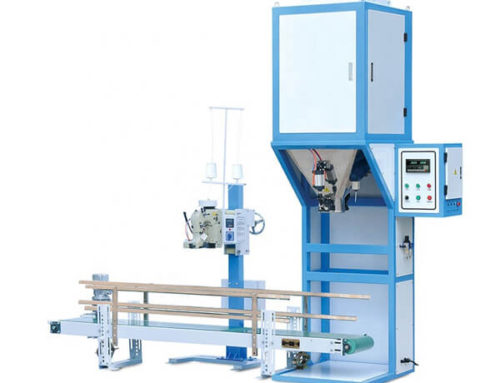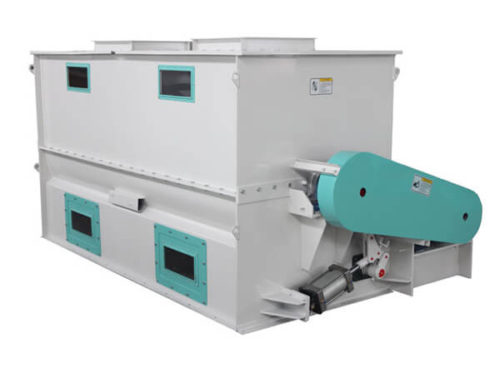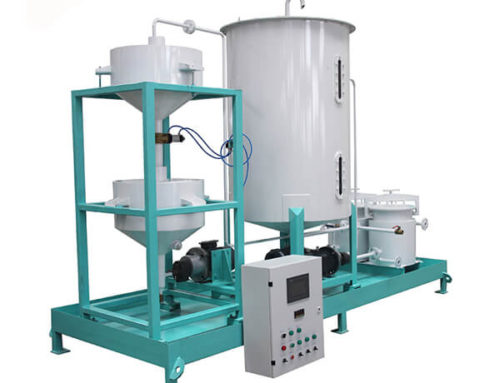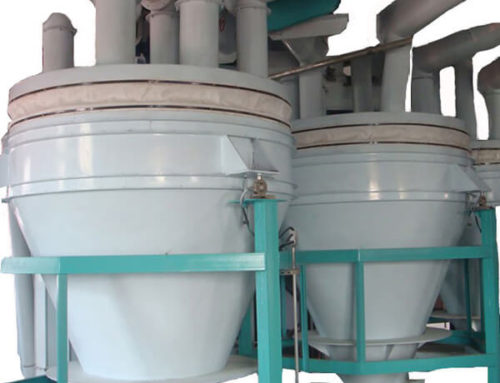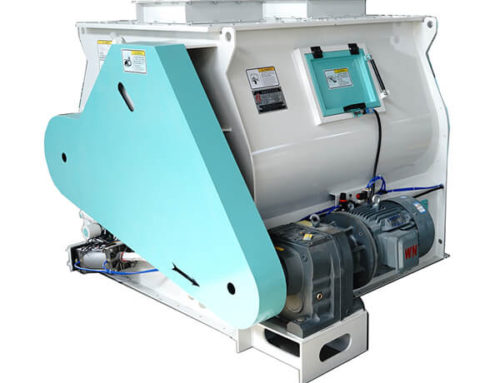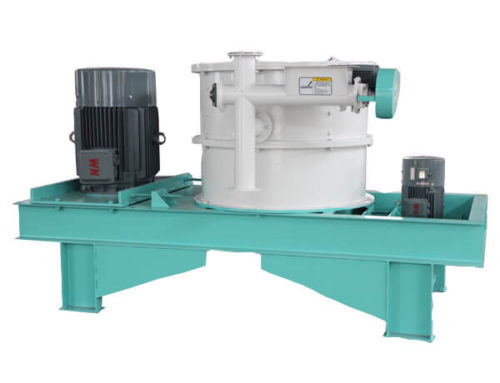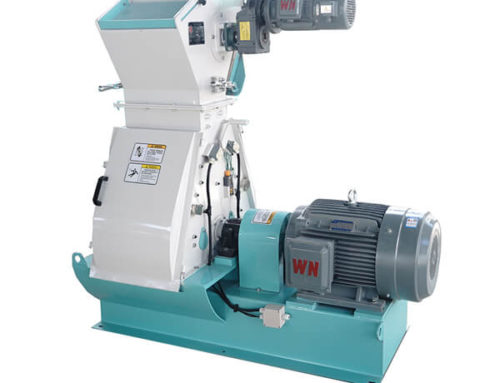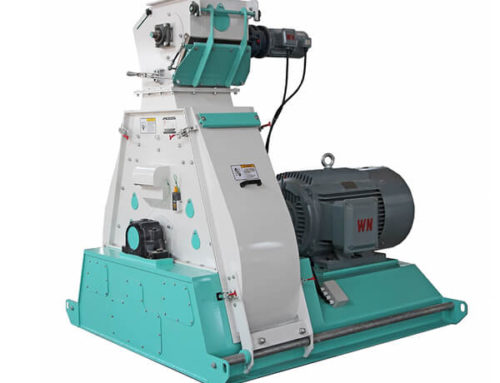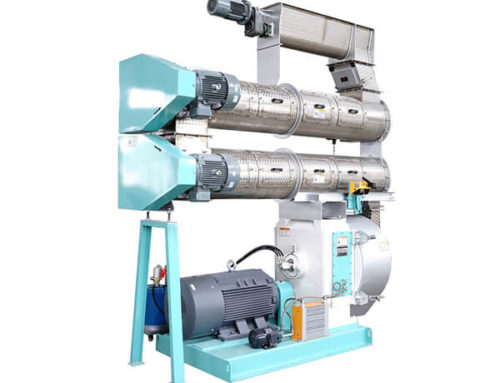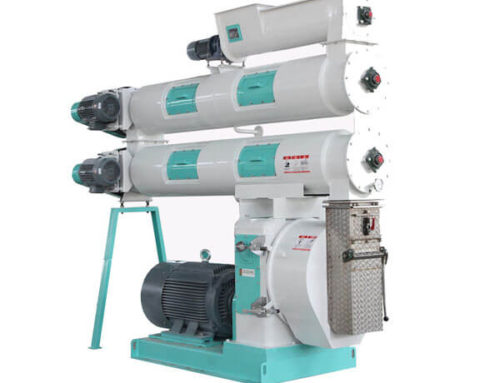Chicken Feed Pellet Introduction
More and more chicken breeders claim that the feed companies sell their broiler feeds so expensive that farmers have no margin left when it comes to selling off the chicken. So making feed for their own poultry is popular now. There are many benefits to using pelleted chicken feed and producing your own feed pellets. With pellets you can add the necessary vitamins and minerals in exact amounts and you can be confident that the chickens have consumed them. And you can also store much more feed in a smaller storage space. In terms of making your own chicken feed pellets, you can start with a feed pellet machine. You will know exactly what has gone into the chicken feed.
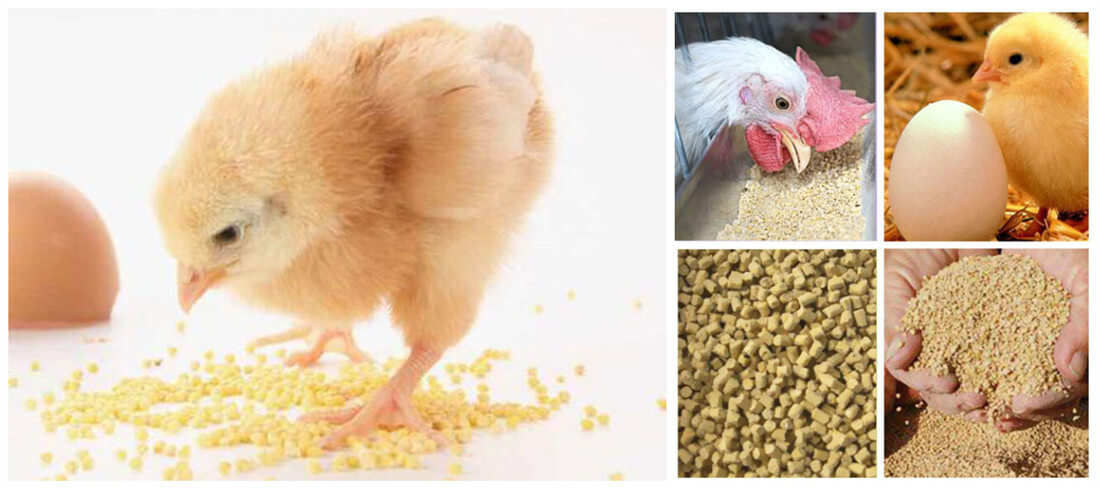
Manufacturing Process of Chicken Feed Pellet
Raw materials → Feed Grinding → Batching → Mixing → Pelletizing → Pellet Cooling → Pellet Crushing → Screening & Grading → Pellet Packing
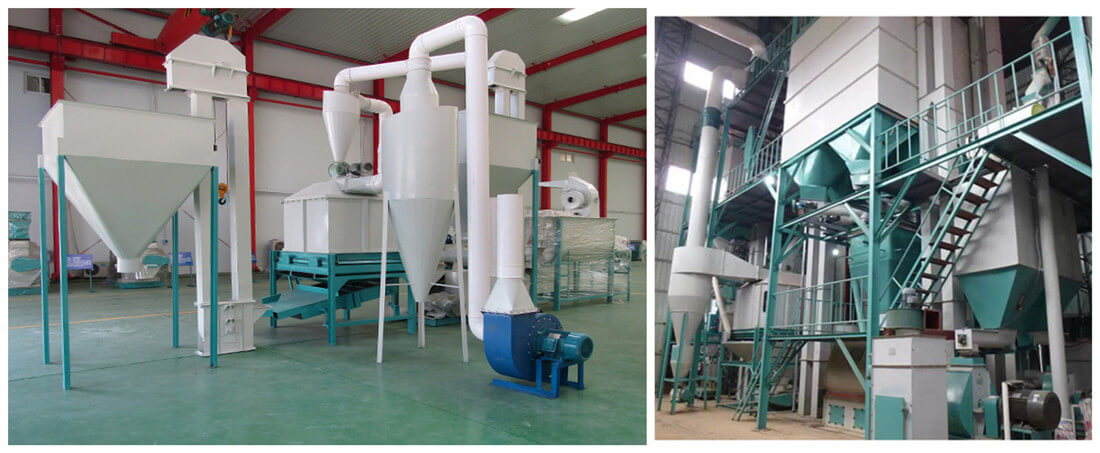
Raw Materials for Chicken Feed Pellets
Raw materials for chicken feed pellets can be soybean, cottonseed cake, corn, brown rice, paddy, sorghum, soybean meal, fish meal, bone meal, etc.
Feed Grinding
The feed grinder is suitable for grinding the raw material ingredients to the required size for pelletizing. Three types of feed grinders can be chosen. The hammer mill is suitable for small-sized or medium-sized feed pelletizing plants. The wide chamber fine grinder and water drop hammer mill are usually used in large-sized and medium-sized feed pelletizing factories.
Batching
Feed batching is necessary in chicken feed pellet production, which can insure the chickens receive the correct amount of nutrients and feed additives. If the feed contains fewer ingredients than target, it will not provide the proper level of nutrients to the chicken. Conversely, the addition of ingredients above the target weight can significantly increase the cost of feed. Since chicken in different growth stages need different nutrients, the feed mill manager should batch the ingredients according to the formula strictly.
Mixing
Mixing is considered to be one of the essential operations in feed pellet processing. Various ingredients can be blended sufficiently in our feed mixer, ensuring every bite of finished feed pellets can have balanced nutriments.
Pelletizing
Pelletizing is the core process of the whole chicken feed pellet production. We supply two kinds of feed pellet machines: ring die feed pellet machine and flat die feed pellet machine. Ring die feed pellet mill is ideal for chicken feed pellets production in large farms or feed pellet factories. In the conditioner of ring die feed pellet mill, the materials can be mixed and cooked fully and uniformly to meet special needs and ensure high quality of final chicken feed pellets.
Pellet Cooling
The pellets from feed pellet mill are soft and moist, and they will shock without cooling. Counterflow pellet cooler is used here to remove pellet heat as well as the moisture content to ensure pellets quality and shelf-life.
Feed Pellet Crushing
Feed pellets with different sizes for chicken in different stages. The double roller crusher is designed to break large-sized pellets into small ones as required by the customer. Crushed pellet has a length range of 0.6-1.5mm or 1-2.5mm.
Feed Pellet screening & Grading
The crushed feed pellets are in different sizes, and there may be some powders. The rotary sieve is designed to sifting and classifying the pellet feed. After processing, you can get the qualified feed pellets without fine powder.
Feed Pellet Packaging
The final chicken feed pellets should be packaged for transporting, storing or selling. Automatic weighing and packing machine plays the indispensible role in improving chicken feed pelletizing efficiency.
Advantages of Feed Pellets for Chicken Feeding
* Decreased feed wastage
* Reduced selective feeding
* Decreased ingredient segregation
* Destruction of pathogenic organisms
* Improved palatability
* Easy transportation and storage
Pellet Feeds vs. Mash Feeds
Mash diet is a form of complete feed that is finely ground and mixed. Each mouthful provides a well-balanced diet for chicken. Mash diet gives greater unification of growth and less death loss and is more economical. However, it is not so palatable and does not retain its nutritive value. Pellet system of feeding is really a modification of the mash system by mechanically pressing the mash into hard dry pellets. Pelleting of feed provides the benefits of increasing the bulk density, improving feed flowability, and providing opportunities to reduce feed formula costs through the use of alternative feed ingredients. The effect of feeding pellets versus mash diets was evaluated and found that chicken showing a preference for the pellets without fines. The pellets may reduce waste or wind loss, are less dusty and will not separate during shipment. Feed pellets can provide condensed nutrition for chicken. Due to these advantages, feed pellet mill is getting more and more popular in recent years.
Feed Formula for Chicken in Different Stages of Growth
Feed Formula for Chick (1-6 weeks)
| Ingredients | ω/% |
| Corn | 53.0 |
| Wheat bran | 10.2 |
| Sorghum | 4 |
| Clear flour | 3.0 |
| Soybean cake | 20 |
| Calcium hydrophosphate | 0.5 |
| Salt | 0.3 |
| Mineral additives | 1 |
| Various vitamins and micro-elements additives | 10g/100k |
| Fish meal | 8.0 |
Feed Formula for Growing Chicken (7-14 weeks)
| Ingredients | ω/% |
| Corn | 63.5 |
| Wheat bran | 9 |
| Barley | 5 |
| Soybean cake | 6 |
| Peanut cake | 5 |
| Cottonseed cake | 4 |
| Shell meal | 1 |
| Methionine | 0.1 |
| Lysine | 0.05 |
| Various vitamins | 10g/100kg feed |
| Micro-elements | 70g/100kg feed |
| Fish meal | 5 |
Feed Formula for Laying Hen (20-48 weeks)
| Ingredients | ω/% |
| Corn | 55.7 |
| Wheat bran | 8 |
| Barley | 5 |
| Soybean cake | 13 |
| Shell meal | 8 |
| Bone meal | 4 |
| Salt | Defined amount |
| Mineral additives | 1 |
| Cottonseed cake | 5 |
| Methionine | 0.1 |
| Lysine | 0.2 |
Formula for Broiler Chicken in (1-8 Weeks)
| Ingredients | ω/% |
| Corn | 41.7 |
| Broken rice | 10.0 |
| Clear flour | 7.0 |
| Soybean cake | 25.6 |
| Rape seed cake | 6.0 |
| Fish meal | 4 |
| Blood Meal | 2.0 |
| Shell meal | 1.0 |
| Bone meal | 1.33 |
| Vitamin additives | 1 |
| Salt | 0.37 |
Feed Pellets for Chicken in Different Stages
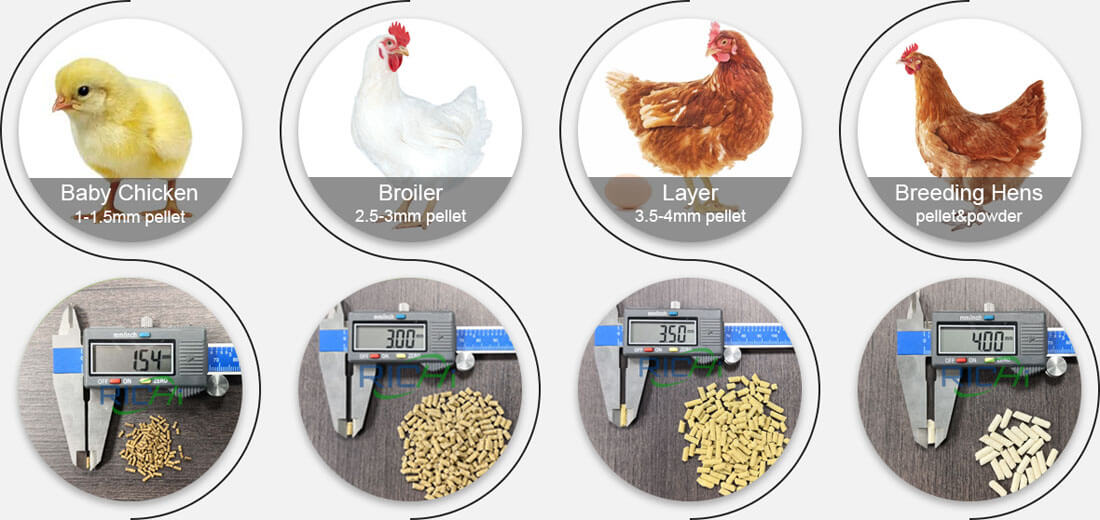
The nutritional requirements of chickens differ somewhat at different stages of growth. For the chicks, starter feed is needed, containing 20% protein, the highest percentage of protein a layer will ever consume, which makes the chicks grow rapidly in the first few months of life. For the growing chickens, they should be provided with grower ration containing 16-18% protein, slightly less than starter feed. Pellet feeds for layer hens generally contains 16-18% protein and has added calcium, which is necessary for eggshell production. For meat chickens, the feed pellets should be high in protein and energy, ensure maximum feed conversion.

